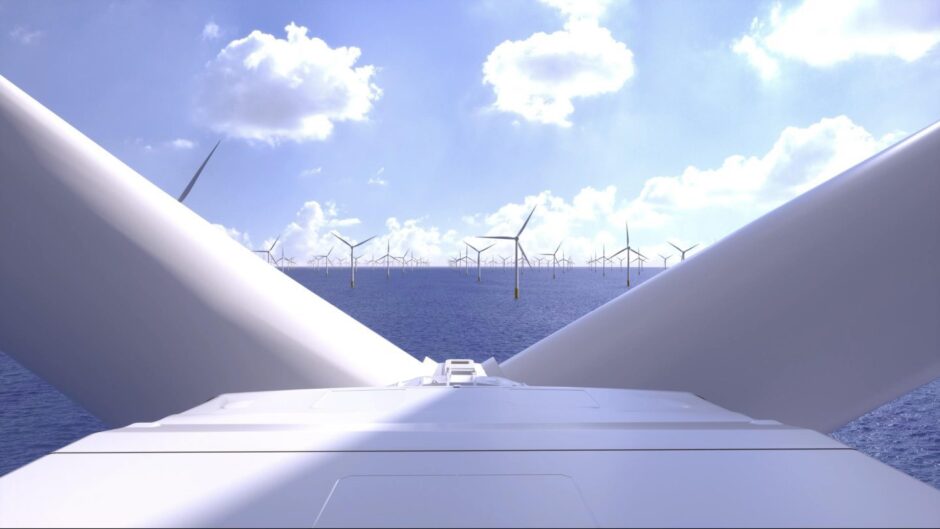
Developers SSE and Equinor have submitted a Scoping Report for the proposed fourth phase of the Dogger Bank offshore wind farm to the Planning Inspectorate.
With the 2GW Dogger Bank D project determined as a Nationally Significant Infrastructure Project (NSIP) due to its greater-than-100MW capacity, the Scoping Report supports the required Environmental Impact Assessment (EIA) by requesting an EIA Scoping Opinion, which will be used to outline key issues to be addressed in the EIA.
This would need to be completed before a Development Consent Order (DCO) application could be submitted.
Project director for Dogger Bank D at SSE Renewables Rob Cussons described the importance of the Scoping Report for the project, and stated: “The report lays out the scope of the project proposals and identifies key environmental factors.
“We look forward to receiving a Scoping Opinion from the Planning Inspectorate and input from consultees which will help inform our development proposals.”
In March 2024, it was confirmed by the National Grid ESO of the Transitional Centralised Strategic Network Plan (tCSNP2) that Dogger Bank D will connect into new 400kV substation, Birkhill Wood, in the East Riding of Yorkshire.
Originally planned to produce green hydrogen, Dogger Bank D will be used to supply the grid in the UK.
The proposed equal split joint venture between SSE Renewables and Equinor has the installation capacity of approximately 2GW, and would be located 210km off the northeast coast.
The existing site belongs to the 3.6GW Dogger Bank Wind Farm, previously separated into three phases, making up Dogger Bank A, B and C. Dogger Bank D would make use of space in the eastern part of Dogger Bank C, in an attempt to utilise capacity.
It is estimated the newest addition would lead the Dogger Bank Wind Farm to become the world’s biggest offshore wind farm in operation, with up to 277 wind turbines.
Recommended for you
